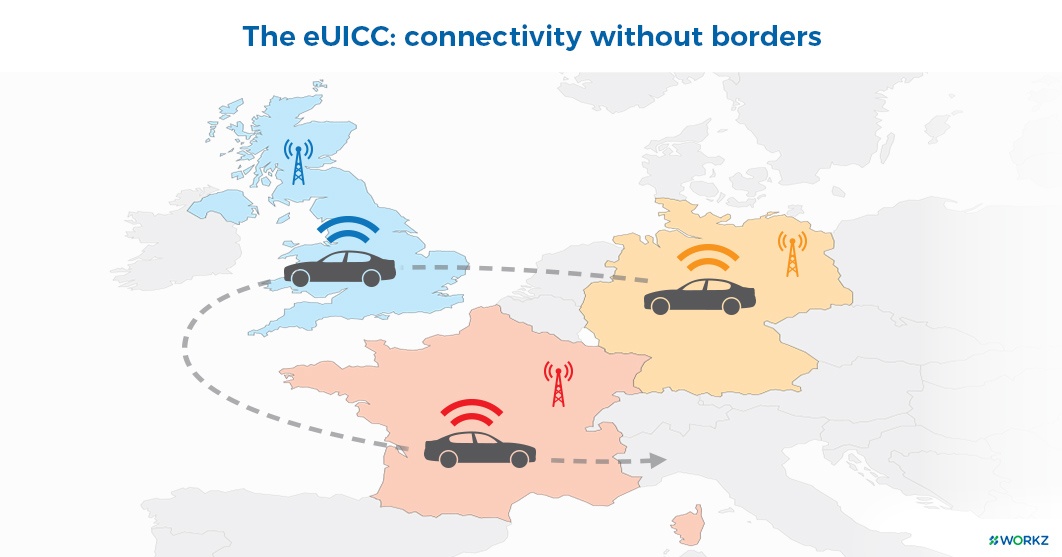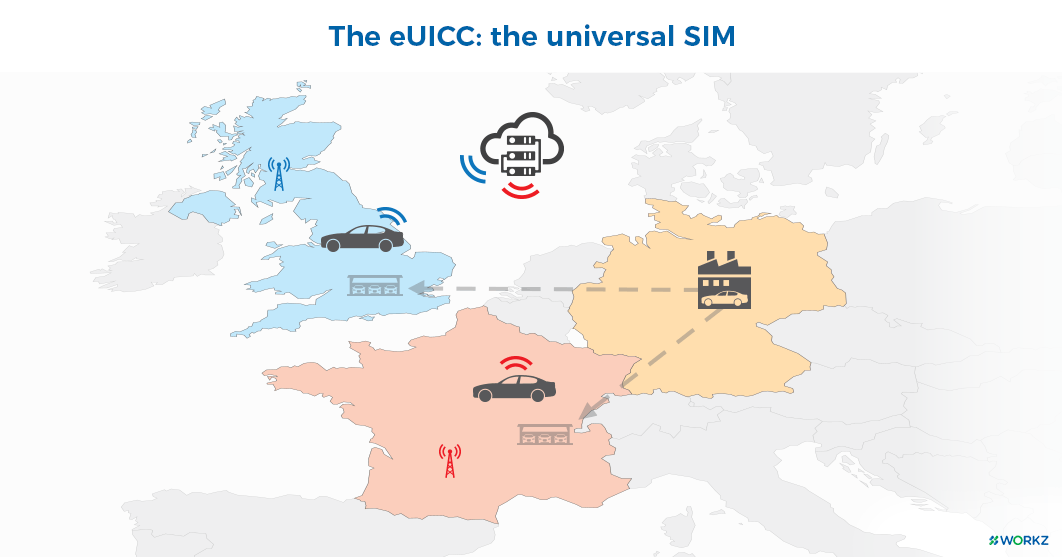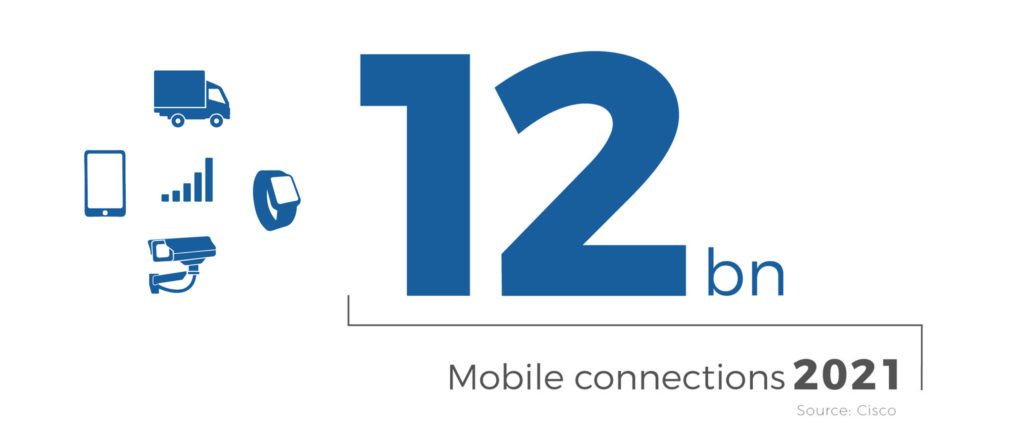
Edwin Haver, CIO
What is the difference between eSIM and eUICC?
eSIM and eUICC are often used interchangeably and you could easily be forgiven for thinking they refer to the same thing. However, there is a marked difference between the two: the eSIM is the hardware component of the SIM while the eUICC is the software component that allows the remote SIM provisioning of multiple network profiles. This allows the user to select which network profile to download and connect to without the need to physically obtain or swap out SIMs, making it well-suited for devices with embedded SIMs. Nevertheless, the eUICC is not exclusive to embedded SIMs and can also be used on current removable SIMs, which may be an attractive option in the interim for legacy devices without eSIM functionality.
Is the eUICC the future of mobile connectivity?
eUICC is a game-changer for the way SIM profiles are managed. The eUICC allows for multiple profiles to be provisioned on a single SIM as opposed to the traditional one profile per SIM. This offers customers great flexibility in terms of choosing a network provider, particularly when travelling to different countries, as the eUICC enables a network profile in the host country to be downloaded to the SIM so it can connect to its network.
This also removes a major supply chain headache for the OEM as they will no longer need to customise devices for each market with a local SIM. The eUICC enables them to produce a product that, in principle, is ready for deployment anywhere in the world which allows them to significantly enhance their off-the-shelf stock-keeping units.
The eUICC-enabled device will be ready to use straight from the device manufacturer as it will come with a bootstrap (preloaded) profile to enable immediate network connectivity.
The functionality of the eUICC reduces the physical redundancy of SIMs and significantly lengthens their potential lifespan as SIM profile additions, updates or deletions are now managed virtually by remote SIM provisioning (RSP). If you consider bulk device users in this scenario, such as enterprise customers, the eUICC is an attractive proposition as they can quickly and easily manage changes remotely on thousands of devices at the click of a button.
So, where does this leave the operator?
The adoption of the eUICC is feared by some to possibly facilitate an increase in subscriber churn because the physical ‘hurdle’ of having to obtain and insert a new SIM card is removed.
Whilst this may hold some weight, it tends to ignore other key sticking factors that would determine a change of networks, such as contractual periods, ease of customer registration and billing information. These are all yet to be defined. But even if all these hurdles were removed and the customer could freely, easily and immediately move from one network to another, then you would expect operator subscription models to evolve to address this. In the end, customers still need mobile connectivity and they will go with the provider who offers the best quality of service at the most competitive rate.
With the explosion of cellular connected devices, the eUICC brings many exciting, rich opportunities for operators.
To give you some idea of scale, Cisco predicts mobile data traffic will grow to a whopping 700% in the next five years, with nearly 12 billion mobile-connected devices including machine-to-machine (M2M) connections.
Considering this, multiple-device subscriptions for consumers and businesses would seem to be a natural evolution of the subscription model and generate not only more revenue but also potentially make the subscriber-network provider relationship stickier.
In summary, the eUICC is a critical driver in the cellular IoT market, from wearables and connected cars to smart metering whose future, as well as operators’, would not be as bright if it wasn’t for the eUICC.
For more information on how we can help you realise new revenue streams with the eUICC, get in touch by filling out the form below.





